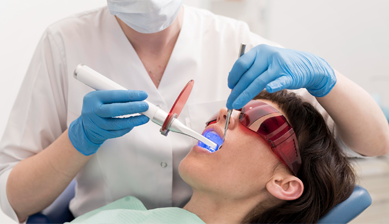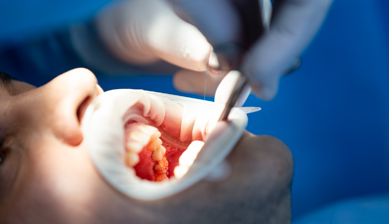Tooth loss can cause both aesthetic and functional problems. However, various reconstructive solutions are available in modern dentistry. Here’s what you need to know about reconstructive solutions after tooth loss:
1. Dental Implants:
Dental implants are one of the most effective and long-term solutions used to replace lost teeth. Implants made of titanium are placed in the jawbone and combine to form a strong foundation. Porcelain or ceramic crowns placed on them provide an appearance and function similar to natural teeth.
2. Bridges:
Bridges are artificial teeth placed on neighboring teeth in case of missing teeth. They are fixed by connecting them to the support teeth prepared on the neighboring teeth. Bridges offer an aesthetically and functionally sound solution, but they may require shaping of adjacent teeth.
3. Fixed Prostheses:
Fixed dentures are artificial teeth that are fixed after tooth loss and cannot be removed. They are supported by various methods, such as dental implants or bridges placed on natural teeth. Fixed dentures provide an appearance and function similar to natural teeth.
4. Removable Dentures:
Removable dentures are artificial teeth that can be removed and reattached in case of missing teeth. They are generally used in cases of complete edentulism or multiple missing teeth. They consist of artificial teeth placed on a base compatible with the gums.
5. Combined Treatments:
In some cases, a combination of different treatment options may be required in case of tooth loss. Various treatment approaches can be used, for example, combining dental implants and removable prostheses.
Reconstructive solutions after tooth loss vary depending on the patient’s situation, preferences and budget. It is important to consult with a dentist to determine the most appropriate treatment option for each patient. Additionally, regular dentist check-ups and good oral hygiene after treatment help maintain long-term success.




